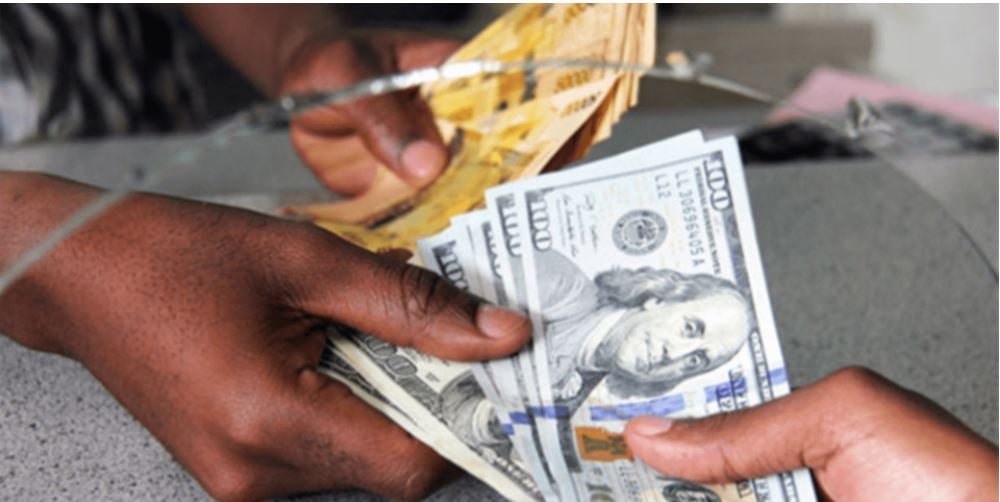Namboole on the fence as rehabilitation works begin

Promising. UPDF Engineering Brigade soldiers at the Namboole stadium boundary wall construction. PHOTOS/GEORGE KATONGOLE
What you need to know:
- Last week, the Uganda People’s Defence Forces embarked on the process of securing the stadium land by building the boundary wall.
- Namboole has been holding all international games for the football teams as well as activities by the athletics federation, Uganda Woodball Federation, basketball clubs and netball league games. Churches and businessmen also rent office space
An impression Jamil Ssewanyana paints of Mandela National Stadium when the ongoing rehabilitation is completed is one of a lush green playing surface, new tartan, chic changing rooms for both players and officials, a modern LED scoreboard, floodlights, pavilion and the media centre, with an all-seater capacity.
Outside, the tenants would be separated by a boundary wall.
“It will be able to host international and national events when we are through,” Ssewanyana said.
In the long run, they will construct modern indoor facilities, including a swimming pool, hostel, and a modern shopping mall.
It is not certain how the rehabilitation works at the stadium will be completed. The time it takes to see that idyllic scene will largely depend on budget allocations.
Last week, the Uganda People’s Defence Forces embarked on the process of securing the stadium land by building the boundary wall.
But the current works were partly influenced by the course taken by the international football body. The stadium failed the worthwhile tests to host international events. The risk was to host games of such magnitude in another country until St Mary’s Kitende came to the rescue.
Anne Abeja, chairperson of the Board of Directors of Mandela National Stadium, explained that the intention was to manage the encroachment first.
The fencing of the facility, which was constructed in 1997, was delayed because of more than 200 encroachers sitting on the land. The stadium managers picked guts to start construction works after they secured the land title last year.
Of course, encroachment is a big challenge facing the national monument. No one was committed to the issue of dealing with the encroachers.
Ssewanyana said that as they negotiate with the encroachers, they will build the fence eastwards through Kirinnya to Bweyogerere before they return to Kireka side where most encroachers are found.
Sports minister Hamson Obua was more hopeful of a smooth process.
“We are negotiating where we have some encumbrances. The Wanainchi must cooperate with the UPDF in order for us to execute this battle ahead of us,” Obua said as he commissioned the works that are expected to be completed in about four months.
After the boundary wall, he said, the UPDF will take on civil works on the stadium with the more technical activities outsourced.
Brig Eng Cyrus Besigye Bekunda, the commander of the UPDF Engineering Brigade, detailed the competence of the military engineers, saying it has 163 engineers, 482 civil engineers, 1465 artisans while they are training 1,500 masons at Kaweweta.
He foresees the Engineering Brigade to become the largest construction company when they complete acquisition of three road units, 30 concrete mixers, 10 concrete block makers, 10 tippers and 10 pick-ups.
The brigade is in charge of construction projects, including building the wall fence at Buhinga Stadium and a 6-km fencing project of Tooro Kingdom palace.
Ibrahim Ssemujju Nganda, the Kira Municipality MP, complimented the UPDF for undertaking the work, saying he is confident in their abilities. His concern is on how the contract could have been awarded.
How did the stadium rot to this stage?
Namboole has been holding all international games for the football teams as well as activities by the athletics federation, Uganda Woodball Federation, basketball clubs and netball league games. Churches and businessmen also rent office space.
Some of the facilities have, however, not been fully utilised. The tennis courts have been largely idle, so is the hotel.
The stadium has never been rehabilitated because its funding was affected by the contention on the ownership of the land on which the stadium sits. A title certificate that was obtained last year covers 124 acres situated on block 234 plots 1,334, 6,086, and 6,087 Kyadondo.
Ssewanyana agrees that the amount needed to rehabilitate the stadium can build another stadium somewhere else. Buhinga in Fort Portal and Akii Bua Stadium in Lira, are some of the regional stadiums being worked on with little progress.
But Minister Obua believes that Namboole, a national monument, needs to be saved into a centre of excellence for sports training and competitions.
The renovation of Namboole is more for local pride. This is the carrot being dangled.
A history of poor debt collection has seen Namboole lose revenues to Fortune Energy, a company owned by Captain Mike Mukula, to which Mandela Sports Hotel was outsourced (Shs735m), the National Resistance Movement (NRM) party (Shs150.8m), Fufa (Shs205m) and Pioneer Easy Bus (Shs91m).
In June 2018, the Auditor General’s report showed that the stadium had accumulated arrears of up to Shs875.3m. A recent report however has indicated that the stadium was among the profit making public entities.
Ssewanyana, a certified Caf stadium expert, explained that it is possible for the stadium to make money after rehabilitation.
“We have to look at the future and how the stadium will generate more money,” he said.
About Namboole Stadium
Mandela National Stadium often referred to as Namboole Stadium is a multi-purpose stadium in Kampala. The 40,202 capacity sports complex was built with a $36m (Shs127b at current rate) Chinese grant and opened in 1997. The stadium is named after South African anti-Apartheid icon, Nelson Mandela. Namboole remains the country’s only international pubic stadium.
[email protected]




